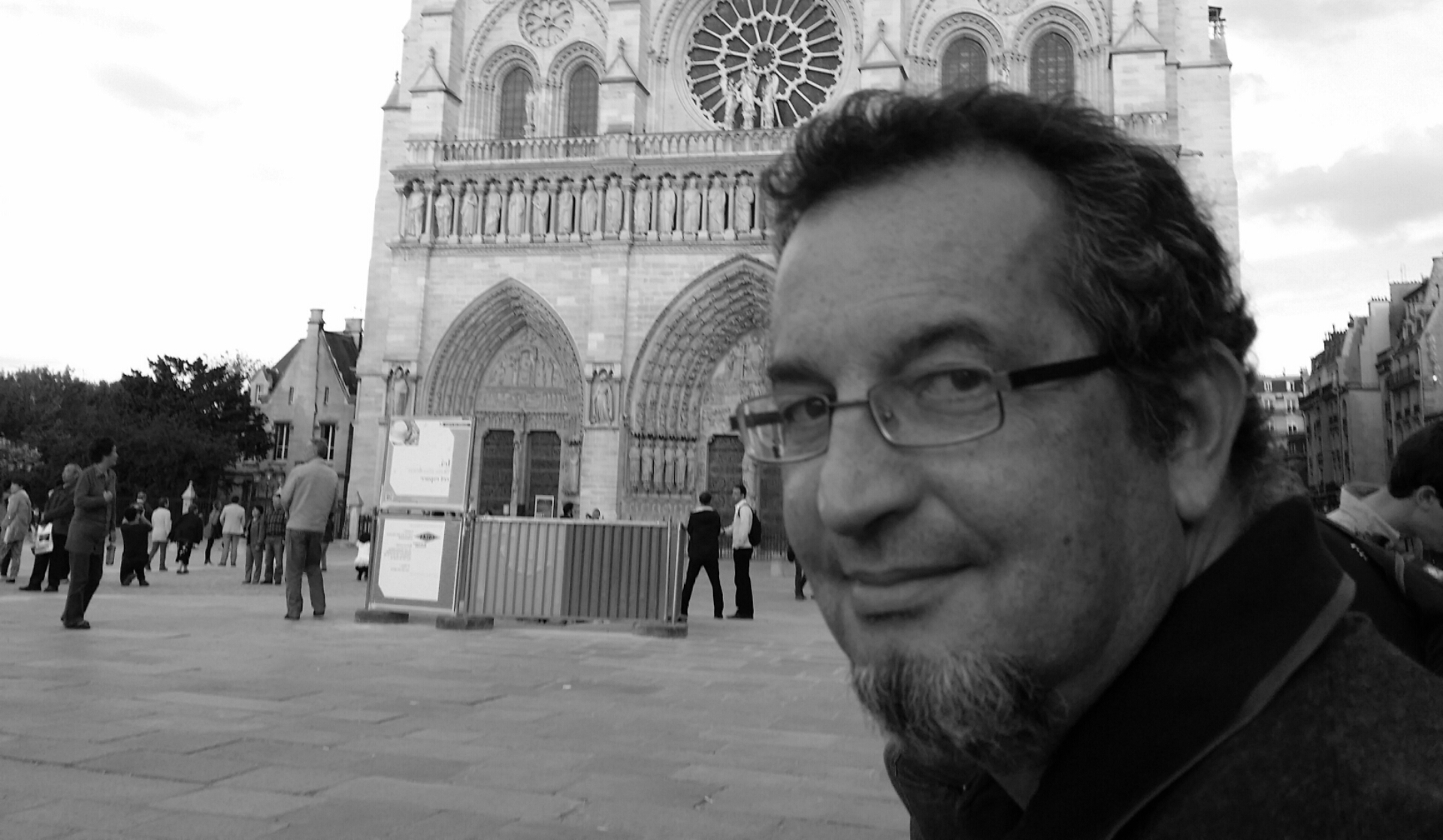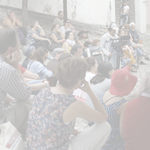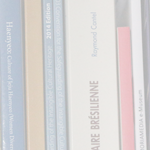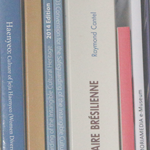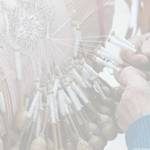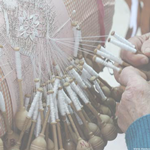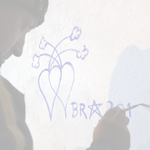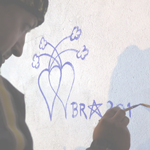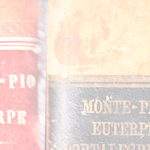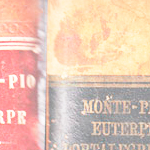Bibliography
Type
Book chapter
Year
2018
Title
Intangibility re-translated
PDF doc
Abstrat
To many people in Asian regions, ‘cultural heritage’ is a translated term. In the local context, similar notions may exist in the local language but are now being slowly replaced by the imported term of ‘cultural heritage’. For instance, the term guji (historic monument) is used much more than wenhua zichan (cultural heritage) in daily language in Taiwan. Even within the Euro-American sphere, where the concept of tangible cultural heritage preservation originated, the local translation/expression of cultural heritage reflects diverse connotations as to the meaning of cultural heritage. According to Peter Howard, ‘the usual French word for heritage is patrimoine and the Spanish patrimonio comes from a similar root, stressing the concept of familial (and patrilineal) descent, but also the national patrimony, the holdings of the group’ (2003: 7-8). Howard (2003) also notes that the English word ‘heritage’ relates to the concept of ‘inheritance’. This relationship is evident in contemporary French with the French word héritage referring exclusively to ‘legacy’. This Euro-American connotation of ‘heritage’ has been disseminated to different language areas through international organisations, mainly UN-affiliated networks, and has to be translated into a local expression for policy implementation. Users of languages other than the official languages of the UN also have to translate UNESCO documents according to the original authoritative texts.1 Differences are bound to occur in the translated versions received and recognised locally. Not only do these differences reflect diverse lineages of knowledge and intricate diplomatic relations, they also reveal divergence in meaning and related practices. Nevertheless, it is exactly the diversity and divergence in the global arena that enriches the connotation of heritage and contributes to locally contextualised conservation practices. Moreover, instead of using an alien expression entirely beyond the local context and distant from native understanding, the adoption of a home-grown familiar word/phrase makes communication easier and, more importantly, reflects a more communityinvolved approach to conservation. This issue of how local words ‘sustain local commitment to their local community heritage’, has been raised by many practitioners and academics in the field of Asian heritage conservation.
Keywords
Intangible Cultural heritage, Peter Howard, communities, Asian, heritage conservation
Bibliographic reference
CHIANG, Min-Chin (2018) "Intangibility re-translated". In Natsuko Akagawa, Laurajane Smith (eds.) (2018) Safeguarding Intangible Heritage Practices and Politics.London: Routledge.
PDF source










